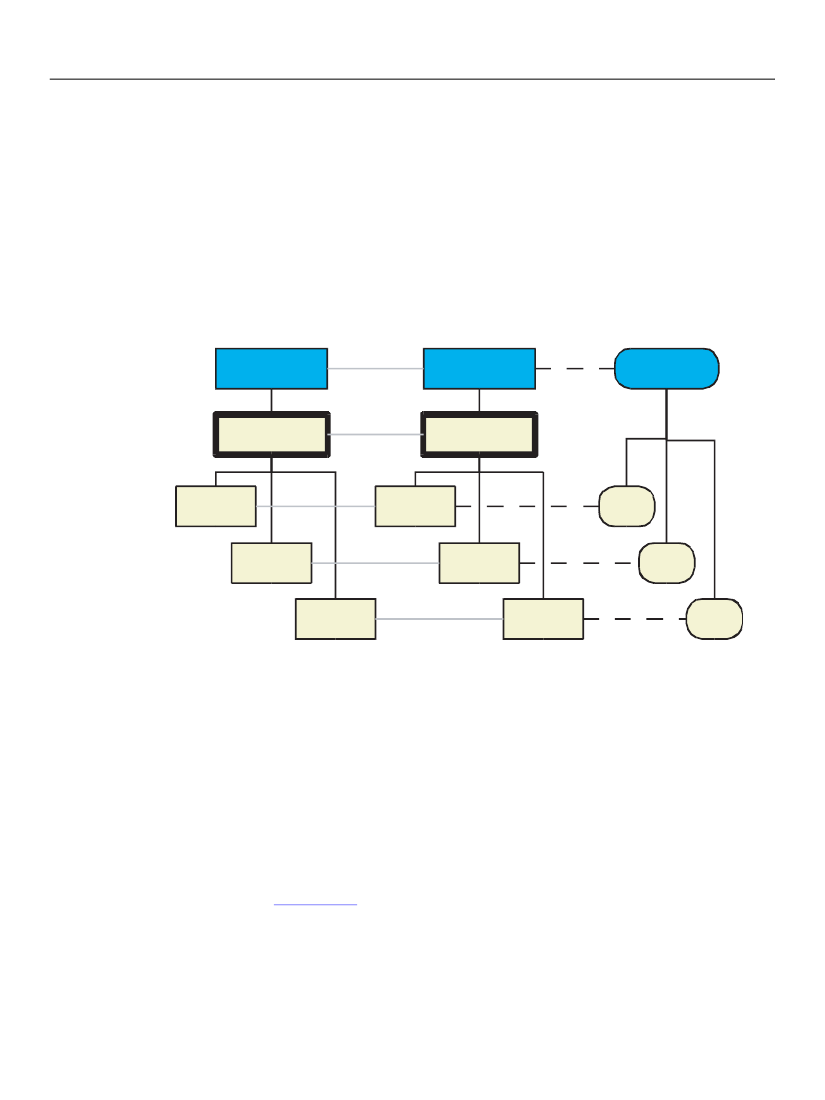
Chapter 4, Exchanging Data Between an External Application
and a Basic XFA Form
XFA Specification
Basic Data Binding to Produce the XFA Form DOM
174
<?xml version="1.0"?>
<main>
<sex>
<male>M</male>
<female></female>
<NA></NA>
</sex>
</main>
The following figure shows the result of binding the above template to this data.
Template
DOM
main
Form DOM
main
Data DOM
main
sex
sex
male
on = “M”
female
on = “F”
NA
on = “NA”
male
state = ON
female
state = OFF
NA
state = OFF
male
“M”
female
“”
NA
“”
Exclusion group bound using long format
When supplied with data in the long exclusion format, the binding process is not responsible for enforcing
exclusivity. The supplied data must obey the exclusivity constraint. The data binding process may detect
violations of this constraint and take appropriate action (for example, emitting a warning).
Binding with the long exclusion format does not require that the exclusion group have a name. However
not having a name for the exclusion group may cause problems when submitting data from an exclusion
group to a host, because the script writer has no easy way to identify which exclusion group is being
submitted. Consequently it is recommended to supply a name for the exclusion group even when
planning to use the long exclusion format.
Choice Lists That Can Have Multiple Values
The choice list widget (
choiceList
shown in the following example. The property
open="multiSelect"
indicates the user may select
multiple values.